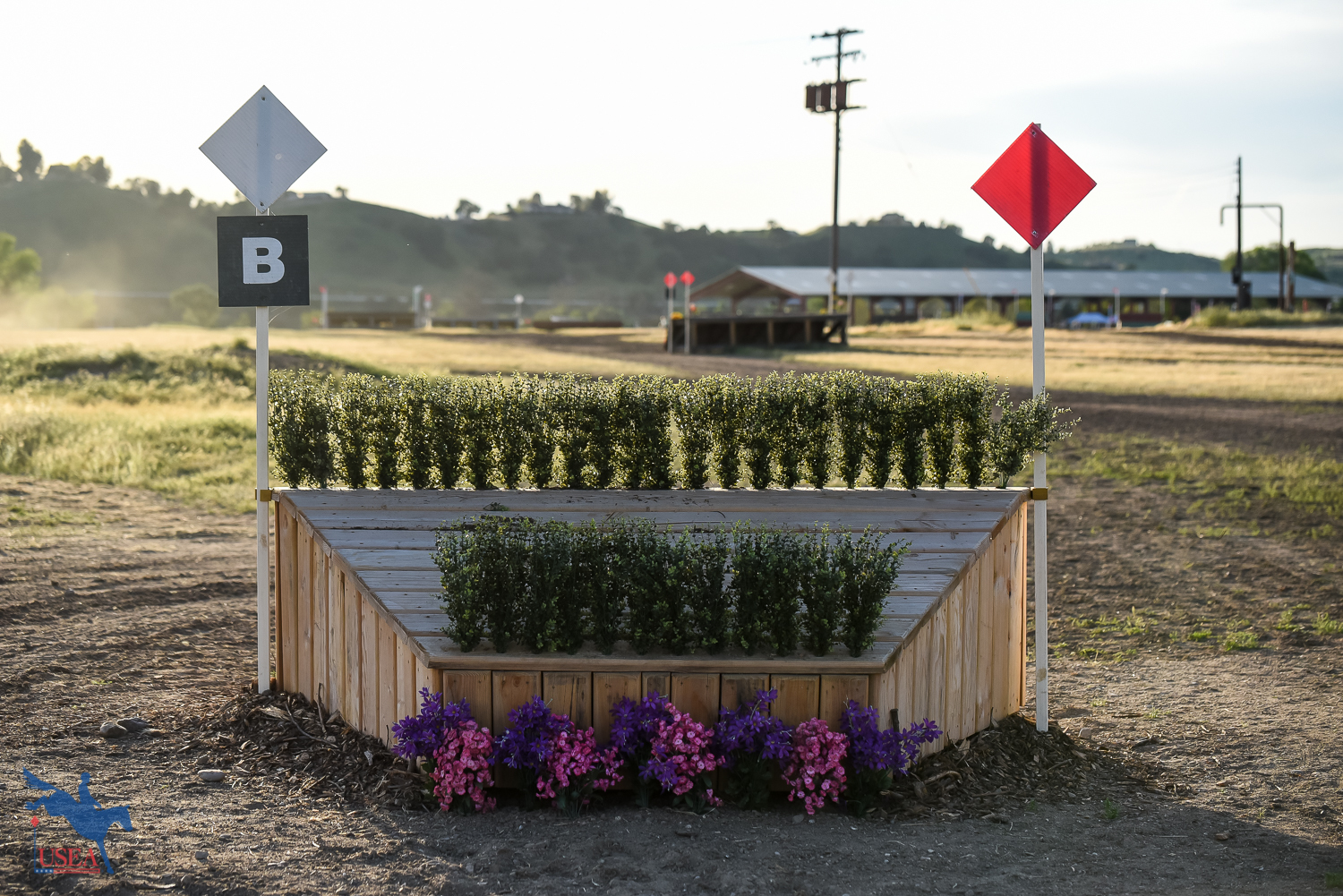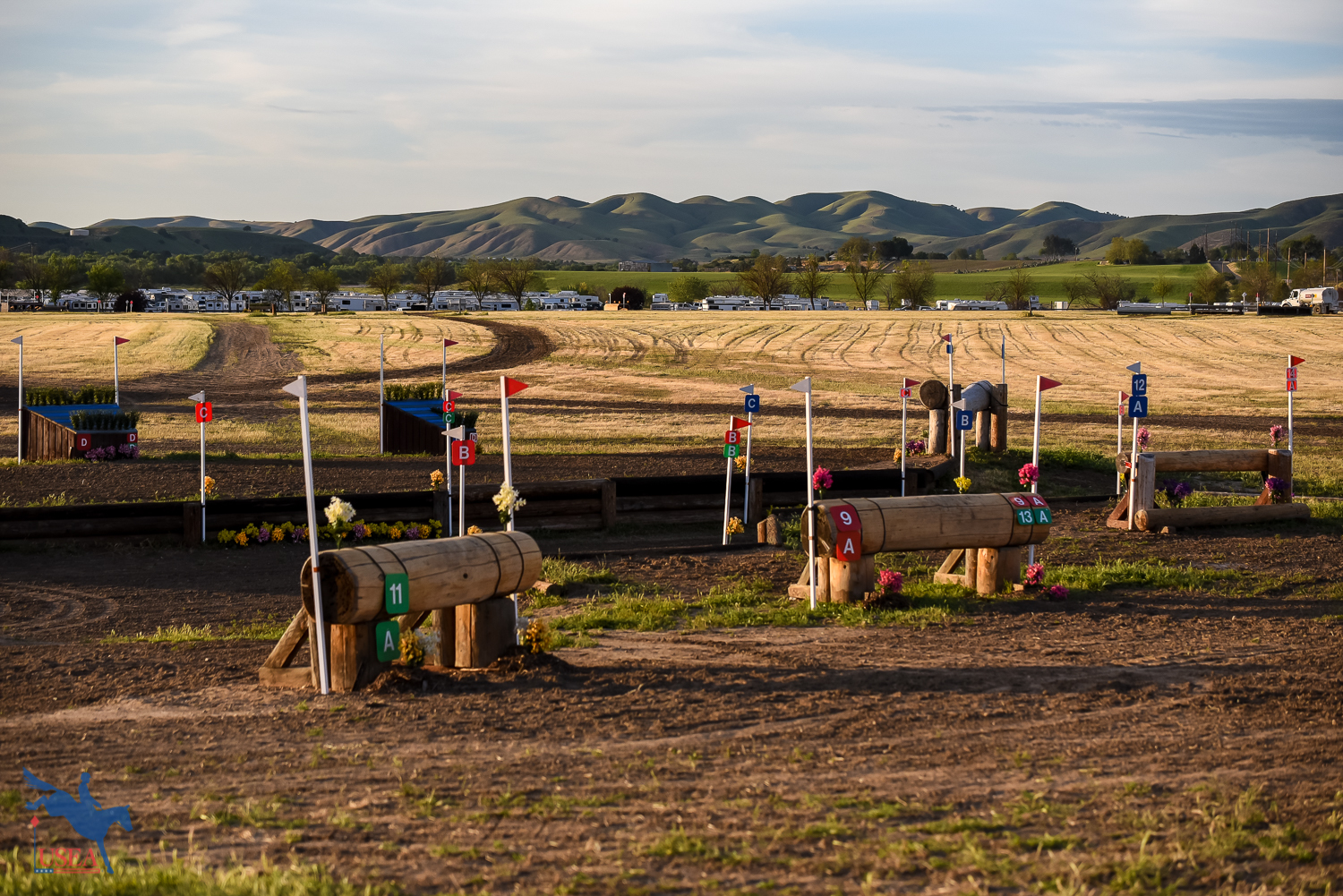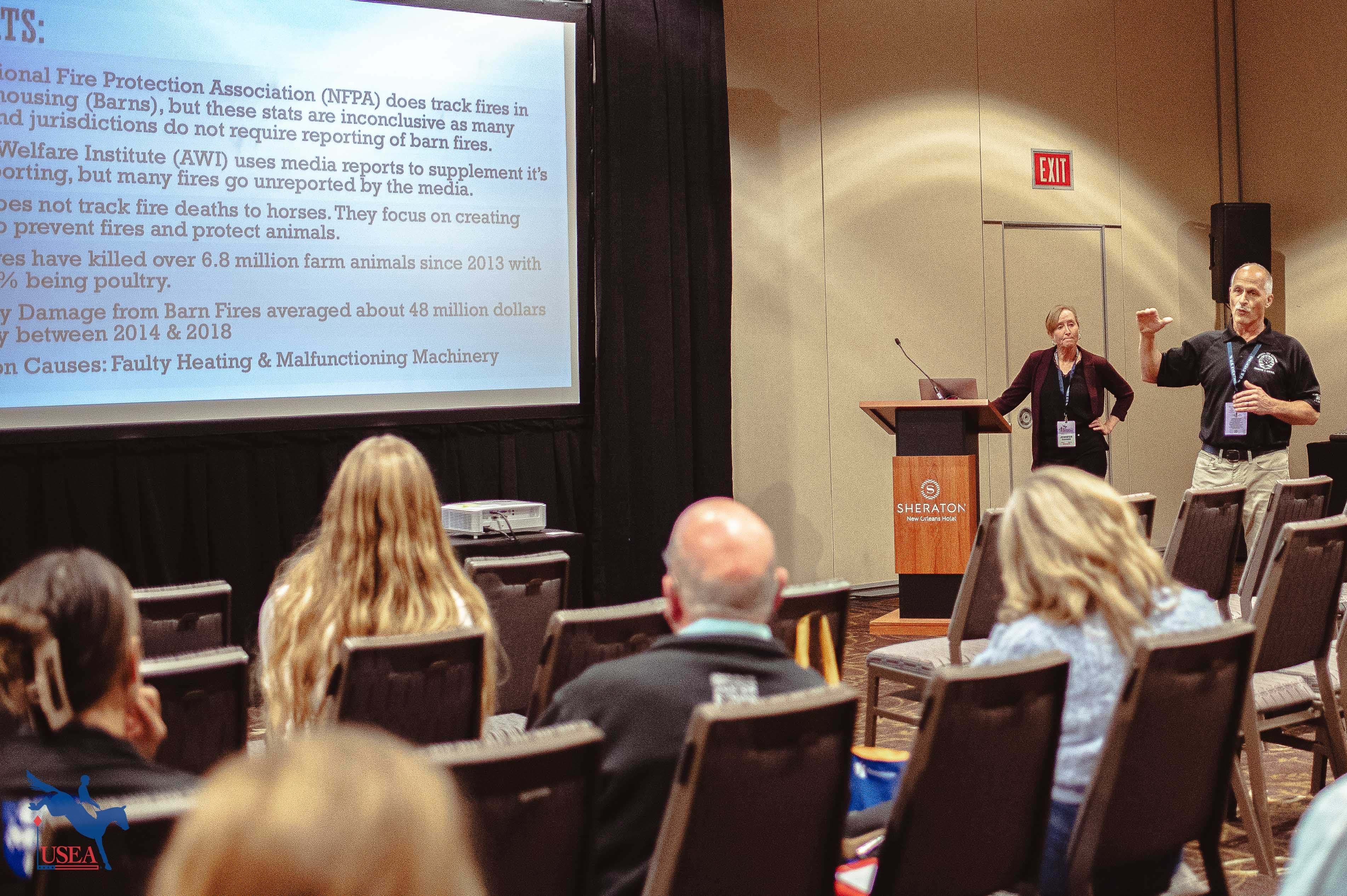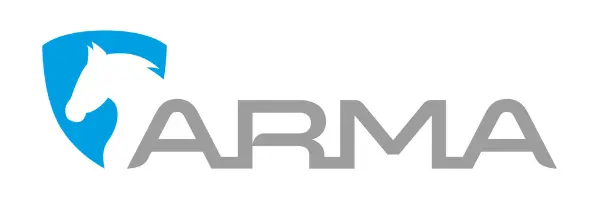Ride Between the Flags with Marc Grandia

Ever wonder what the pros see when they're out walking cross-country? In the Ride Between the Flags series, riders walk us through their approach to tackling different cross-country questions. Upper level eventer and course designer Marc Grandia talks us through fence 10AB on the Training level course that he designed for the Twin Rivers Spring Horse Trials, the “sunken road.”
In addition to serving as the assistant course designer at the Twin Rivers Spring CCI and Horse Trials, Marc Grandia also competed aboard five horses: Campari FFF in the Advanced, Sunsprite’s Watusi and Jammer at the Training level, and Sunsprite Seryndipity at the Novice level. He took a few moments out of his busy schedule to walk through how to ride the combination at fence 10AB on the Training level course.
“This is our sunken road complex, but Training level doesn’t do a bank here – they just get to ride the terrain,” Grandia said. “It’s not a property with a lot of terrain – it’s very flat in a lot of places – so we try to maximize the terrain where we can.”
“This corner of the property has a good hill that’s a long slope all the way up and then a little bit steeper slope coming back down to the sunken road,” he described. “Where the Training fence is set, they’ve got a longer downhill approach to a hanging log, or U log as we call it – where the sides are higher than the middle – and then a couple more strides on that gradual slope. It gets steep and drops off for a stride and then levels out and is six or seven strides to a brush chevron that we have at the bottom of the hill. Riders get several strides on the level, but they definitely have to deal with the terrain here.”
Watch Marc Grandia and Sunsprite's Watusi jump through the Training level "sunken road."
“I try to create a lot of flow in my courses,” Grandia explained. “Riders gallop all the way around to the corner of the property and we’re using a steeplechase fence to encourage horses and riders to continue to come forward up the hill. Then the question is, can you maintain balance all the way down to the U log and can you stay straight for the 8-foot wide chevron. From a course design perspective, here you’re trying to encourage forward riding but also make people figure out how to ride on terrain. It would be a fairly simple question set on the level, but set on the terrain it adds that element. You’ve got to ride all the way forward to the top of the hill and you’ve got to stretch up and make sure you can balance your horse but not ride backwards down to the U log.”
Once horse and rider make the turn back down the hill to approach the A element, the key is to keep the balance. “I’m going to try to take advantage of that forward ride up the hill and then balance right at the top and then let go a little bit so my horse has to learn to maintain his balance coming down the hill by himself,” Grandia said. “This is a good opportunity to ride forward, set up, and then allow for a little bit of mistake and correction, mistake and correction. You want to maintain the balance without riding backwards to the first element, allowing the horse to jump out over it, and then dealing with the slope afterwards.”

After landing from the A element, riders navigate down the slope to the B element, a brush chevron with an 8-foot face. “You’ve got a decent [slope] on landing, it gets a little bit steeper, then you get to repackage on the flat ground and close your leg and press up to the chevron.”
The sunken road complex at Twin Rivers has something for every level from Novice to the four-star, and it’s interesting to see how the Training level question compares to its neighbors. “This combination is really good for this stage of learning,” Grandia elaborated. “You look at the Preliminary combination next to it, which is two strides to a downbank and four strides to a corner, or the Intermediate next to that, where you only have one stride before the downbank, and the Advanced, where you’ve got a bounce dropping down. Everyone is dealing with the same level of terrain but increasingly difficult questions as you go. It really is a great example of the graduation of the levels.”















